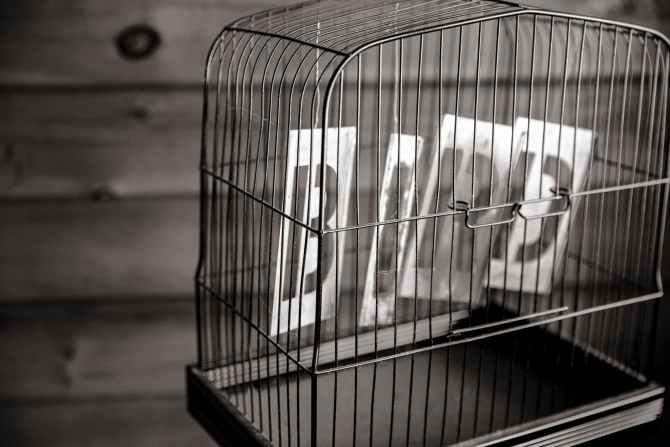So you’re thinking about getting a bird…

What does it take to take care of one? What’s normal and when should you be concerned? How can you improve their lives? This blog series is an attempt to run down some of the basics. It does, rather generally, cover parrot-type birds (Psittacines) and can’t go into to all their idiosyncrasies…but feel free to ask any questions you might have!
Should I Get a Bird?
That is an excellent starting question because while birds are great pets, they are definitely not for everybody. Some of the things to think about may depend on the type of bird you are thinking of. Many parrot species are very long lived – 20-30 yrs, 30-40 yrs or 60 years and up. Some are only with us for about 10-15 years when well cared for. What that means is, if you are already 30 and are thinking about getting a Scarlet Macaw chick you had better have something planned in case your bird outlives you.

Where to get a Bird?
I heartily recommend looking into adopting a bird from a rescue. Most rescues try very hard to keep birds healthy and happy and usually have way too many “donations” in need of homes. Mickaboo Companion Bird Rescue (in the San Francisco Bay Area) is one such group. They offer classes and support – I expect many other rescues do as well.
Breeders (often through a bird store) give you the opportunity to purchase a juvenile. Make sure the bird is fully weaned before taking it home. I know of several stores that will allow you visit with the baby as it is growing but makes sure it is eating solid foods well before allowing you to take it home.
Flea markets, craigslist…you are much more likely to pay for a sick bird, an illegally smuggled bird or just a “mistake” clutch that hatched. I’ve met many a happy well-adjusted bird acquired this way but it is a game of roulette.
Bird Care
A major difference from standard dog and cat care is the need to cage your bird. Bird cages need to be appropriately sized for the species of bird. Before you run out to the local pet store, grab a “cockatiel” sized cage and be happy it just fits in your home…I’m sorry to tell you this, but most of the smaller bird cages are way too small to be appropriate. Yes, they meet minimum guidelines that the bird must be able to spread its wings without hitting the cage bars. They just are too small for any pet who is going to be spending most of its time in it. Get as large a cage as you have room for and can afford.

This is a small, sad cage – readily available at a pet store.
Other important issues include cage materials, perches, toys and food. While seed diets are suggested and offered by stores, they do not provide the right nutrients for most of our pets. A formulated diet (pellets) made by a good company costs more but gives your bird the best chance for a longer and healthier life. Take a look at our website for brochures regarding diet, egg laying issues and bacterial infections.
Birds also are quite messy – they can strew food and toys parts all over the house, or outside of their cages at the least. They poop where ever they feel like and expect you to clean that mess up for them. If you lived in a tree, would you care what you dropped? Some birds like to dunk their food, or their feet, in the water dishes making a gooey soup. All this means they require daily cleaning of the cage and food/water dishes.

